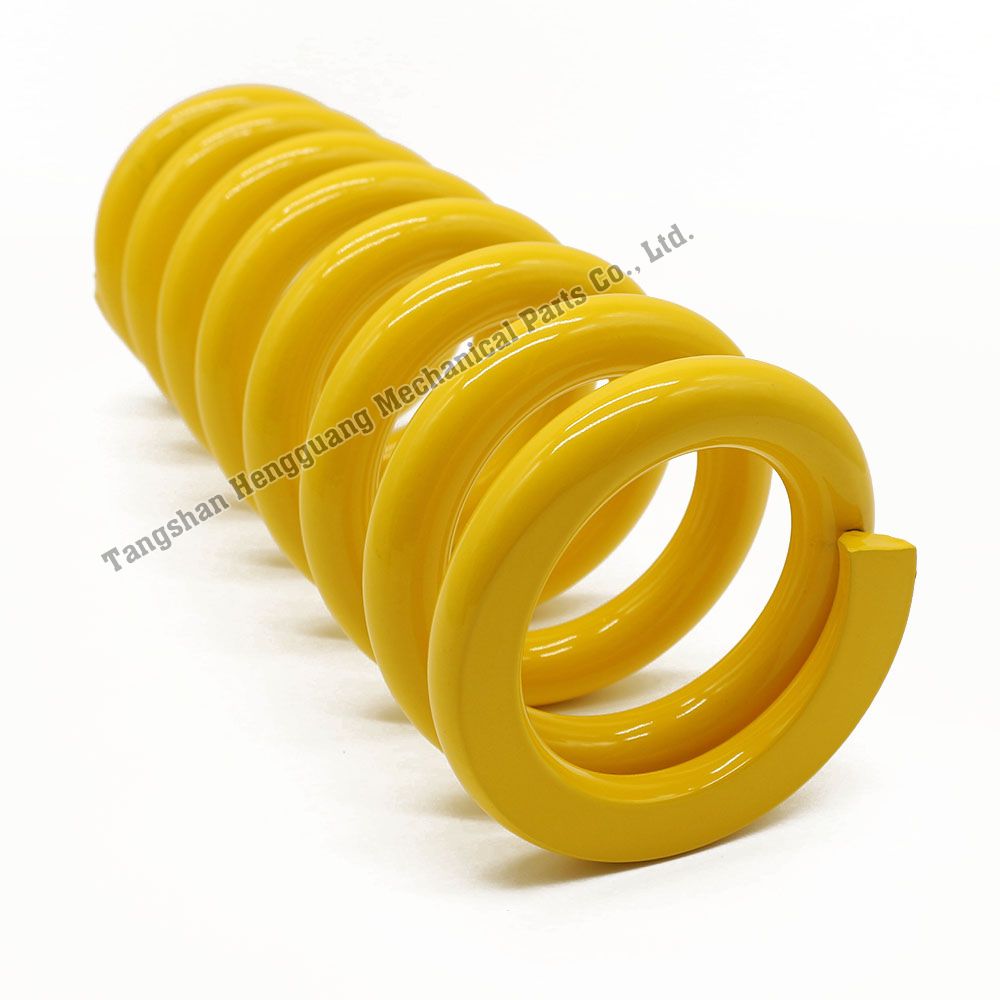Springs are integral components of a vehicle's suspension system, playing a crucial role in providing stability, comfort, and control. Working in tandem with other suspension components, springs absorb shocks, maintain ride height, and facilitate smooth vehicle motion. In this article, we will delve into the significance of springs in suspension systems, exploring their functions and the types commonly used in automotive applications.
Absorbing Shocks and Vibrations: One of the primary functions of Auto suspension coil springs is to absorb shocks and vibrations from the road surface. When a vehicle encounters bumps, potholes, or uneven terrain, the springs compress and expand, allowing the suspension system to absorb and dissipate the energy generated by these impacts. By absorbing shocks, springs help enhance ride comfort and protect other components of the suspension system from excessive stress.
Maintaining Ride Height and Weight Distribution: Springs play a critical role in maintaining the proper ride height of a vehicle. They support the weight of the vehicle and its occupants, ensuring that the vehicle remains at the desired level above the ground. Additionally, springs help distribute the weight evenly across all wheels, optimizing traction, stability, and handling characteristics.
Controlling Vertical Wheel Movement: Auto coil springs control the vertical movement of the wheels, keeping them in contact with the road surface for maximum grip and control. By providing upward force, springs help maintain tire contact and prevent excessive bouncing or loss of traction. This ensures improved handling, steering response, and overall stability during various driving conditions.

Types of Springs: In automotive suspension systems, two primary types of springs are commonly used:
a. Coil Springs: Coil springs are helical-shaped springs made of steel or other durable materials. They provide a balance between ride comfort and handling performance. Coil springs offer progressive resistance, meaning they become stiffer as they compress further, providing better support during heavy loads or aggressive driving. They are widely used in a variety of vehicles due to their versatility and cost-effectiveness.
b. Leaf Springs: Leaf springs consist of multiple curved metal strips, or leaves, stacked on top of each other and held together by clamps. They are commonly found in rear suspensions of trucks, commercial vehicles, and some SUVs. Leaf springs offer robust load-carrying capabilities and provide a smoother ride over rough surfaces. They distribute weight more evenly across the suspension, making them suitable for heavy-duty applications.
Suspension Tuning and Customization: Springs also play a crucial role in suspension tuning and customization. By adjusting the stiffness or preload of the springs, suspension characteristics can be tailored to specific driving preferences or vehicle applications. Stiffer springs can enhance handling and reduce body roll, while softer springs provide a smoother ride on uneven surfaces. Suspension specialists can fine-tune the springs to optimize performance based on factors such as vehicle weight, driving style, and intended use.
Maintenance and Replacement: To ensure optimal performance, it is essential to maintain and periodically inspect the springs. Regular maintenance includes checking for signs of corrosion, cracks, or sagging. Any signs of damage or wear should be addressed promptly, as worn or damaged springs can compromise ride comfort, stability, and overall safety. Replacement of worn or broken springs should be performed by a qualified technician using appropriate tools and procedures.
Conclusion: Springs are vital components in suspension systems, providing stability, comfort, and control during vehicle operation. They absorb shocks, maintain ride height, distribute weight, and control vertical wheel movement. vehicle coil springs and leaf springs are the two primary types commonly used in automotive applications, each offering unique advantages based on specific vehicle requirements. Regular maintenance and timely replacement of worn or damaged springs are essential for optimal suspension performance and overall driving experience. By understanding the role of springs and their significance in suspension systems, drivers can appreciate the critical role they play in providing a smooth, controlled, and safe ride.
Comments
Please Join Us to post.
0